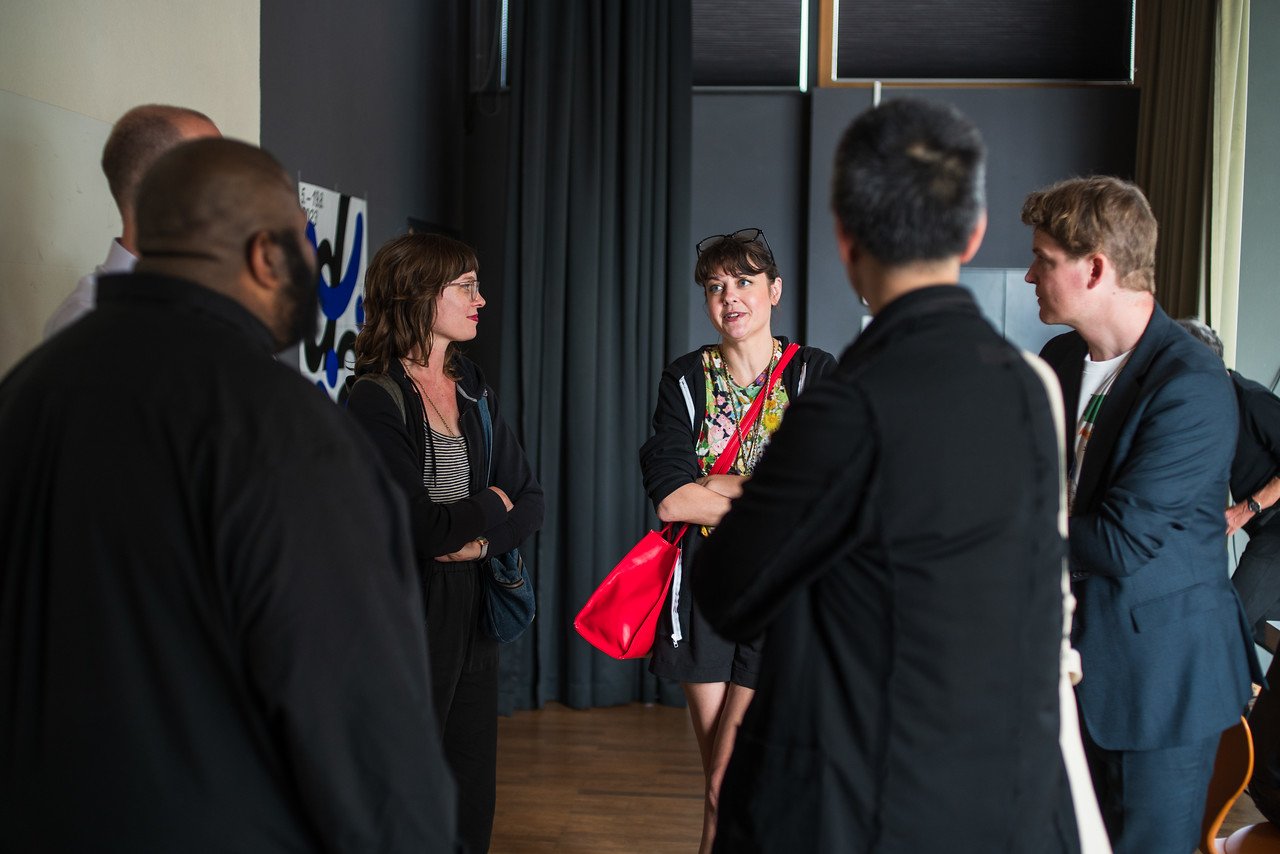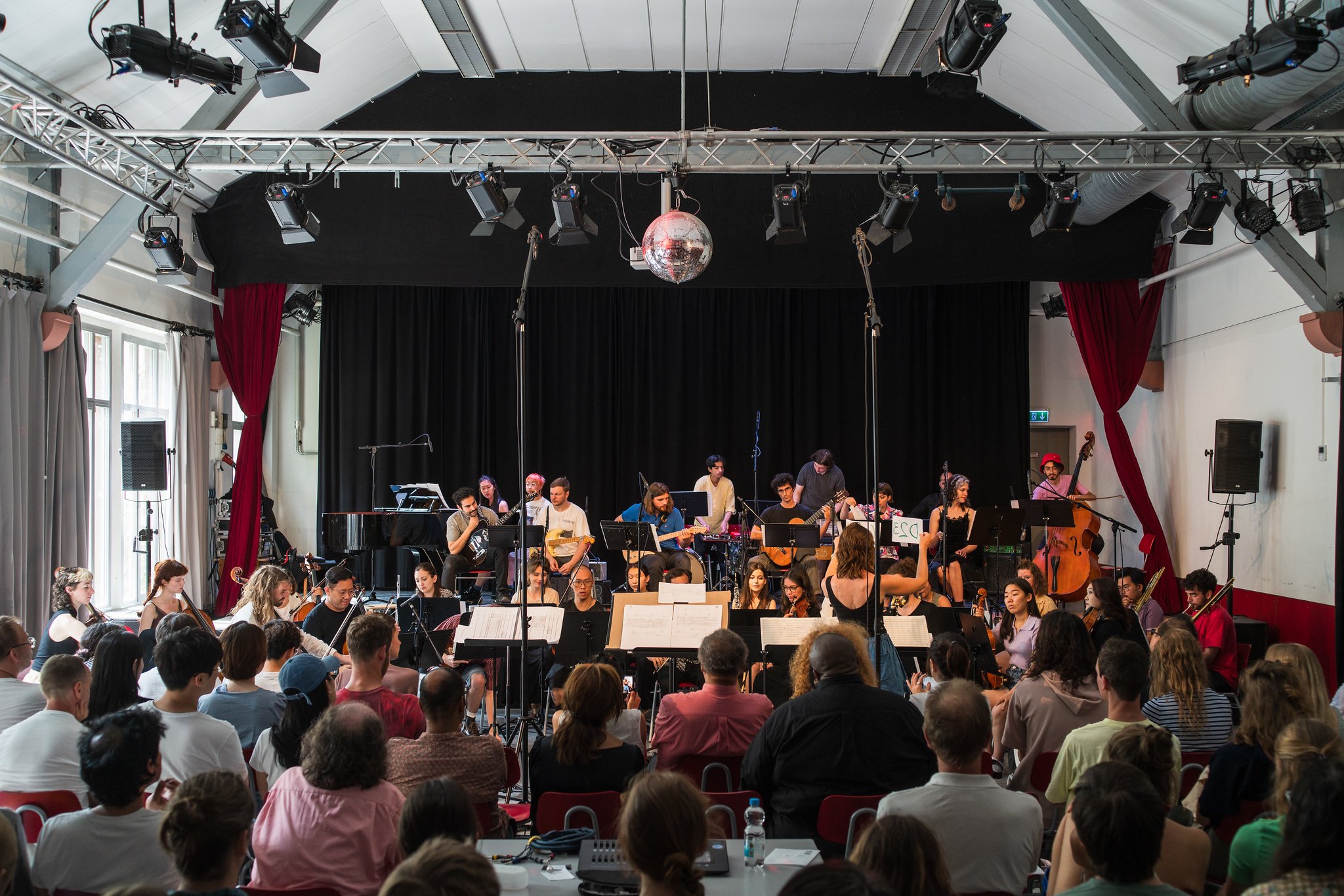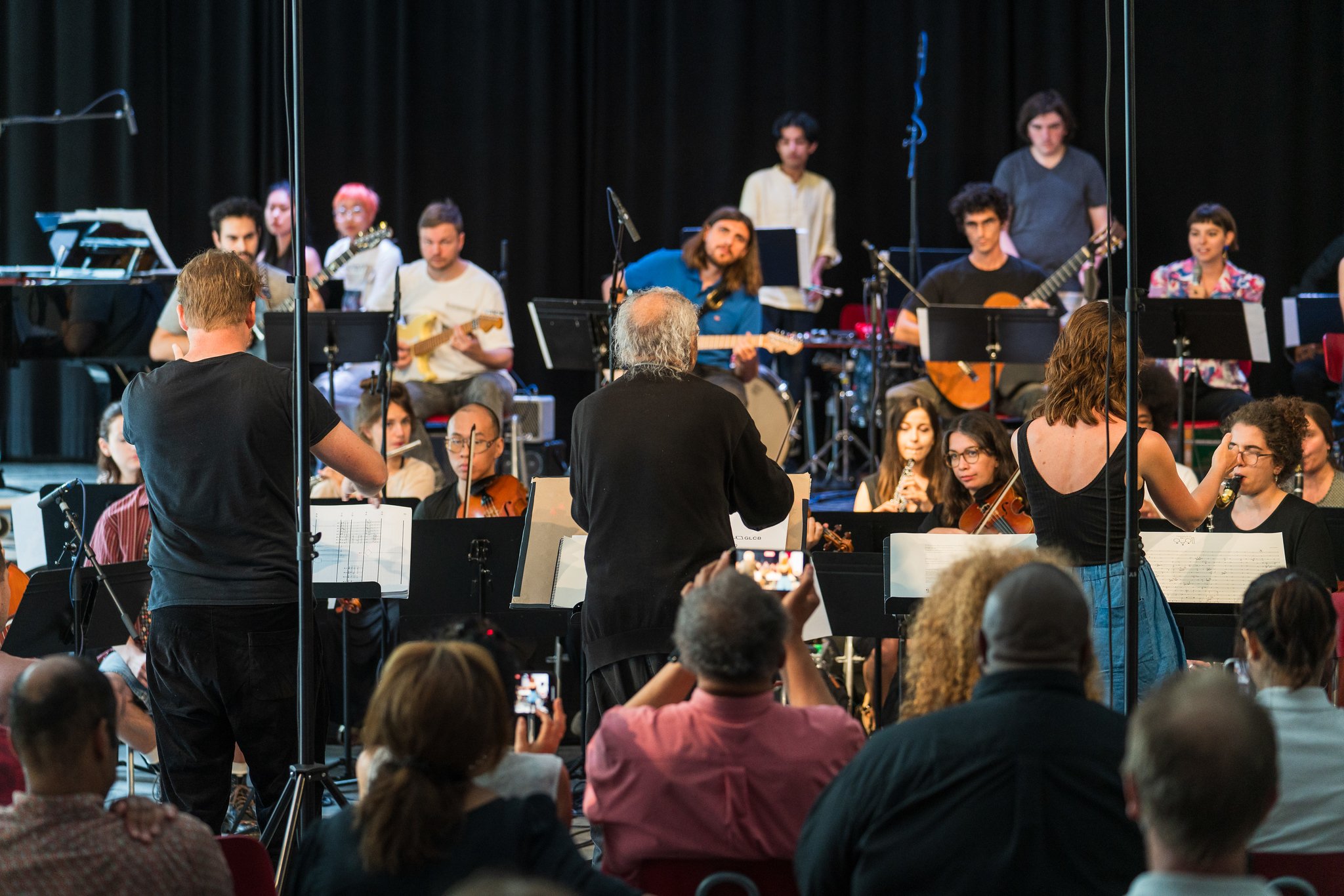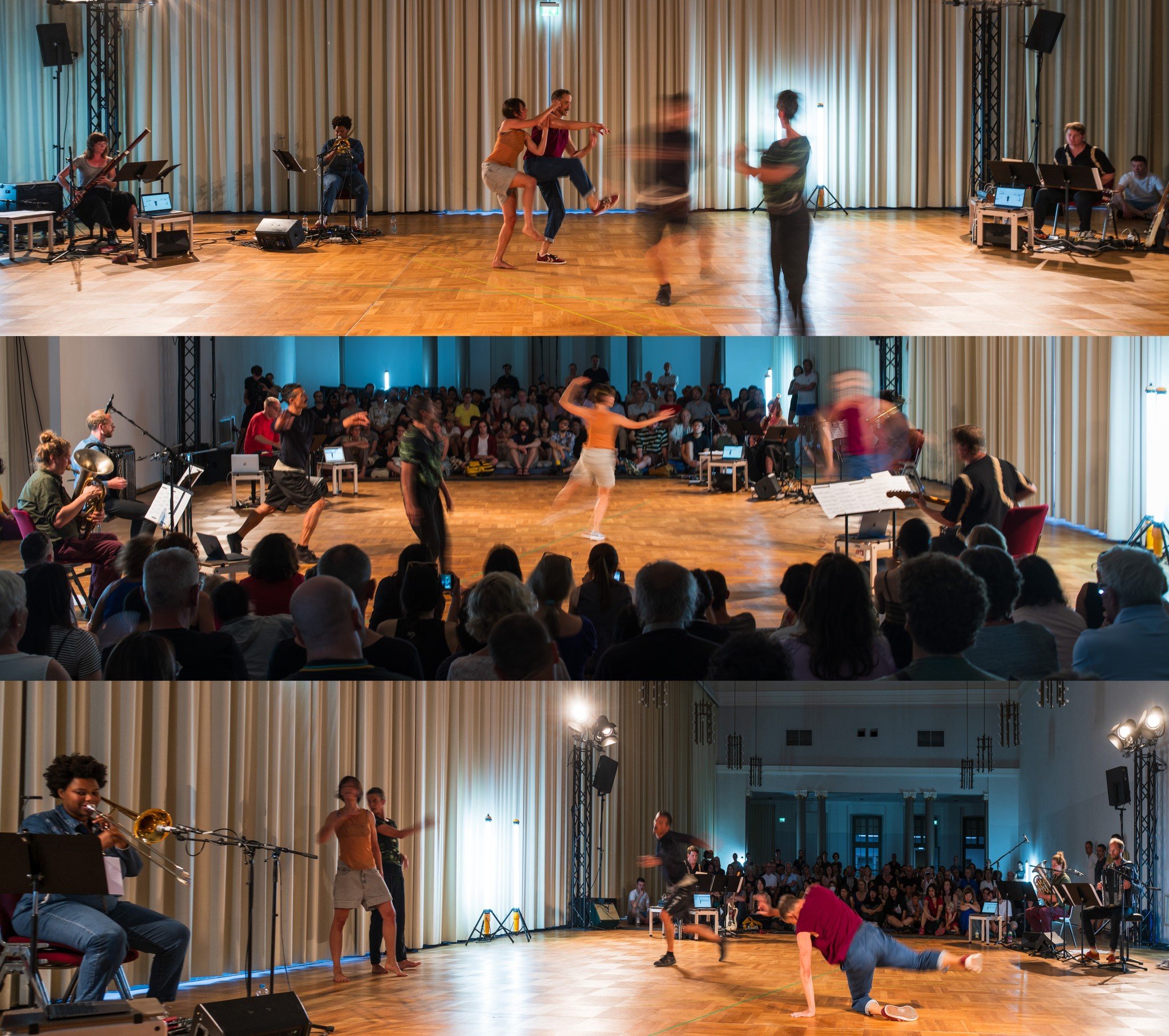In August I had the incredible pleasure to spend two weeks at the Darmstadt Summer Course for New Music. I had been to Darmstadt many times before, both as a participant and as a performer and I was familiar with the intense and rich artistic and social encounters that this international gathering of the new music community brings about. But this was a very special edition for me on a personal level since much of the research I’ve been doing over the past years on the music of composer Anthony Braxton came together during the intense but extremely rewarding two weeks of the summer course. Braxton himself was invited as one of the central guests of this year’s edition and I contributed with three projects. I co-curated a two-day international conference on Braxton’s music together with Timo Hoyer, which took place on august 8 and 9. Together with Braxton we led a workshop on his creative orchestra music with a 30+ creative orchestra of participants of the summer course. Lastly together with Ictus Ensemble we performed two sets of Braxton’s Ghost Trance Music together with dancers from the Rosas dance company, connecting Braxton’s musical system with the Rosas ‘toolbox’ of choreographic repertoire. Here are some pictures of each of these three events.
Anthony Braxton: 50+ Years of Creative Music
This international conference, the first one dealing with Braxton’s work, addressed a variety of topics which are central to Braxton’s work. An absolute highlight of the conference was a discussion between Anthony Braxton and George E. Lewis. There was a roundtable discussion with Tyshawn Sorey, Katherine Young, James Fei, Anne Rhodes and moderated by Paul Steinbeck in addition to several lectures by performers and leading researchers in the field (Timo Hoyer, Marc Hannaford, Paul Steinbeck, Nina Polaschegg, Katherine Young, Kyoko Kitamura, Anne Rhodes, Elisabeth Harnik, James Fei, Carl Testa and myself). Lastly there were two interactive workshops to give Summer Course participants a chance to directly engage with Braxton’s Creative Music.
Creative Orchestra Workshop
From august 11 to 14 we had 4 sessions of three hours with a creative orchestra of 30+ participants of the summer course to explore Braxton’s Creative Orchestra compositions. I brought in composition No. 151, Braxton worked on composition No. 100 and No. 59 and we also added No. 63. On the 15th we did a presentation of our workshop and were joined by Katherine Young as 3rd conductor in order to do a “Tri-Centric performance” of the Creative Orchestra music, featuring three conductors functioning simultaneously. The orchestra members had to choose which conductor to follow and ‘navigate’ their way through Braxton’s creative orchestra music in real time. As an interesting side note, one of the orchestra members was Tadashi Lewis, who played clarinet. His father, George E. Lewis, who was in the audience, premiered several of these compositions with Braxton back in 1976 (No. 59, No. 63). All pictures by (c) IMD / Kristof Lemp
Ghost Trance Music // Rosas Toolbox
This unique event brought together Anthony Braxton’s Ghost Trance Music with the choreographic repertoire from the Rosas dance company of Anne-Teresa Dekeersmaeker. Having spent a lot of time exploring Braxton’s Ghost Trance Music in different settings, the Brussels based Ictus ensemble asked me to lead a performance of Ghost Trance Music and closely collaborate with 4 dancers of the Rosas dance company, to look for parallels and ‘meeting points’ between the music of Braxton and Dekeersmaekers choreographies. This resulted in a very special evening at the Orangerie in Darmstadt, in the presence of the composer.
Rosas:
Sophia Dinkel
Marie Goudot
Mark Lorimer
Michaël Pomero
Ictus:
Nabou Claerhout (Trombone)
Niels Van Heertum (Euphonium)
Kobe Van Cauwenberghe (Electric Guitar)
Jean-Luc Plouvier (Keyboard)
guest musicians:
Katherine Young (Bassoon)
Andreas Borregaard (Accordion)




















































